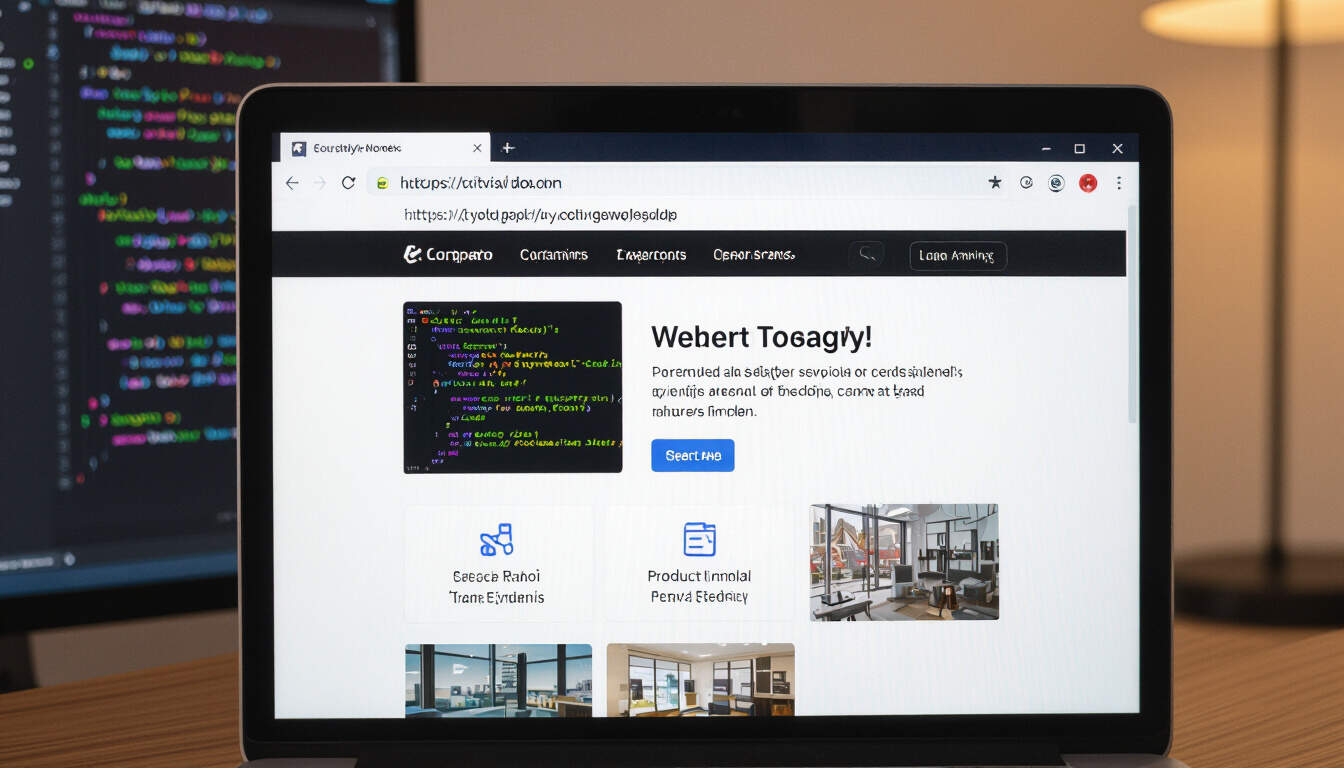The Role of Server-Side Rendering in Freelance Web Development
 by Verner Mayer
by Verner Mayer
Server-side rendering offers key advantages for freelance web developers, improving site performance and user experience. This article covers basics, benefits, and practical steps to learn and apply it, helping beginners build a successful freelance career.

Starting a career as a freelance web developer means building skills that make projects stand out. One essential technique is server-side rendering, which helps create faster, more reliable websites. Many beginners find that focusing on this approach can lead to better client satisfaction and more opportunities.
Why Server-Side Rendering Matters for Freelancers
Server-side rendering server-side rendering involves generating HTML on the server before sending it to the browser. This method ensures pages load quickly, which is crucial for user engagement. For freelance web developers, using this technique can mean delivering projects that perform well on various devices.
In web development, speed and efficiency are key factors. By handling rendering on the server, developers reduce the load on the client's device. This is especially useful for freelance work where clients expect smooth experiences. Learning this skill allows you to offer services that meet modern standards.
Benefits of Using Server-Side Rendering
There are several advantages to adopting server-side rendering in your freelance projects. First, it improves search engine optimization. Pages rendered on the server are easier for search engines to crawl, helping your clients rank higher in results.
Another benefit is better compatibility. Older browsers or devices with limited capabilities can still access content effectively. As a freelance web developer, this means you can attract a wider range of clients who need accessible websites.
Additionally, server-side rendering helps with security. By managing data on the server, you minimize risks associated with client-side vulnerabilities. This is an important consideration for freelancers working on sensitive projects, like e-commerce sites.
Getting Started with Server-Side Rendering
If you're new to web development, beginning with server-side rendering might seem challenging, but it's approachable with the right steps. Start by learning a framework that supports this technique, such as Node.js or PHP.
For example, using Node.js, you can set up a basic server to handle rendering. This involves writing code that processes requests and generates HTML dynamically. As you practice, you'll see how it integrates with databases and APIs.
Intermediate learners can experiment with tools like Express.js for Node.js applications. These allow you to build and test web applications efficiently. Remember to focus on writing clean code to make your freelance portfolio stronger.
Practical Steps to Implement It
To incorporate server-side rendering into your freelance work, follow these steps:
- Choose a suitable technology stack based on project needs.
- Set up a development environment to test rendering processes.
- Write and debug code for handling user requests.
- Optimize for performance by minimizing unnecessary loads.
Once you have a setup, apply it to real projects. For instance, create a simple blog site where pages are rendered on the server. This hands-on experience will build your confidence and showcase your skills to potential clients.
Comparing with Other Approaches
While server-side rendering has clear benefits, it's worth noting how it differs from client-side methods. In client-side rendering, the browser handles most of the work after initial load. This can be useful for dynamic interfaces but may not always offer the same speed.
For freelancers, deciding between the two depends on the project. Server-side rendering works well for content-heavy sites, while client-side might suit interactive apps. By balancing these in your toolkit, you can offer versatile services.
Building a Freelance Career with These Skills
As you gain expertise in server-side rendering, think about how it fits into your overall career. Freelance web developers often use such skills to secure gigs on platforms like Upwork or Freelancer. Highlighting your ability to deliver optimized websites can set you apart from competitors.
Networking and continuous learning are vital. Join online communities to share knowledge and get feedback on your projects. Over time, this can lead to repeat clients and steady income.
Finally, keep practicing and updating your skills. The field of web development evolves, and staying current will help you thrive as a freelancer. By focusing on techniques like server-side rendering, you're taking solid steps toward a rewarding career.
